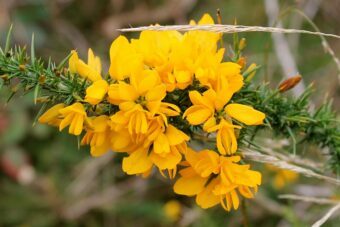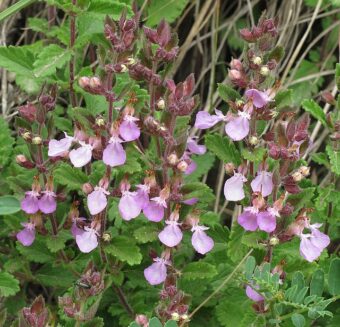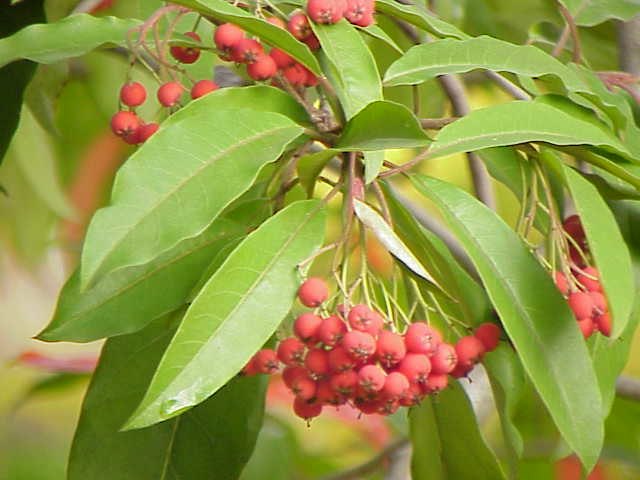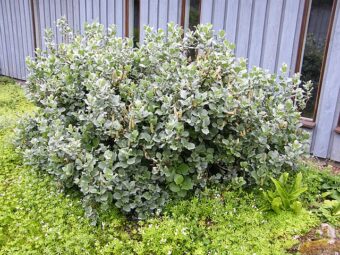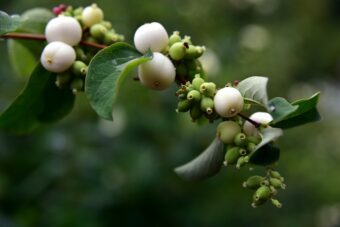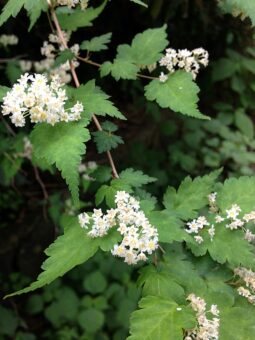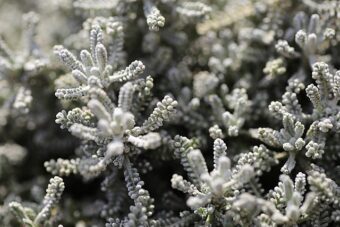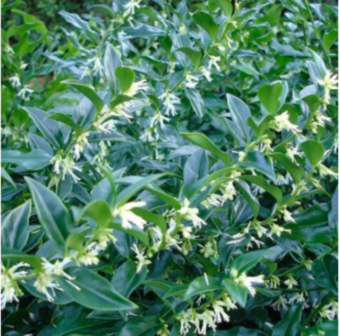In this article, we will discuss how to grow the pretty shrub of Ulex in containers. Ulex is a genus of flowering shrub that belongs to the Fabaceae (the Pea) family, where 20 species are known to exist, they have the common name of Gorge, Furze or Whin, depending on what country you are from. This is one shrub that is native to the UK, but it can also be found in Western Europe and Northwest Africa. The greatest source is found in the Iberia Region.
As you can imagine by looking at them they are closely related to Genista …

